Jane Seymour: A Glimpse into Her Royal Realm
In the grand tapestry of British history, few figures captivate the imagination quite like Queen Jane Seymour. Born in 1508, Jane played a pivotal role in the Tudor dynasty as the third wife of King Henry VIII. Her life, though tragically short, was marked by a blend of grace, resilience, and the intricate dance of political intrigue. Join us on a journey through the pages of history as we delve into the fascinating life of Queen Jane Seymour, exploring the significant milestones and places that shaped her remarkable story.
Jane Seymour: A Brief Overview
Before we explore the places associated with Queen Jane, let’s take a moment to understand the woman behind the royal title. Jane Seymour, born to Sir John Seymour and Margery Wentworth, belonged to a distinguished English family. Her early life unfolded in the picturesque surroundings of Wulfhall, a charming manor house in Wiltshire, England.
Wulfhall: The Cradle of Jane’s Youth
Wulfhall, nestled amidst the rolling hills of Wiltshire, was the childhood home of Jane Seymour. Though now in ruins, the manor once echoed with the laughter and footsteps of a young Jane. Exploring the remnants of Wulfhall provides a glimpse into the serene backdrop that shaped Jane’s formative years. With its tranquil gardens and timeless architecture, the sprawling estate transports visitors to a bygone era, offering a tangible connection to the queen’s early life.
Hampton Court Palace: Jane’s Royal Residence
Jane found herself in the heart of royal splendour at Hampton Court Palace as her journey unfolded. This iconic Tudor palace, situated on the banks of the River Thames, served as the backdrop to the blossoming romance between Jane and Henry VIII. Visitors to Hampton Court Palace can walk in the queen’s footsteps, exploring the opulent chambers, lush gardens, and the famous Tudor kitchens that once buzzed with activity during Jane’s time.
The Tudor Tapestries at Hampton Court
One of the most intriguing aspects of Hampton Court Palace is the exquisite collection of Tudor tapestries adorning its walls. These finely crafted tapestries, often overlooked by casual visitors, provide a visual narrative of Jane Seymour’s era. Each thread whispers tales of courtly life, political machinations, and the subtle dance of power that defined the Tudor court. A closer examination of these tapestries adds depth to the understanding of Jane’s role in this intricate tapestry of history.
Wolf Hall: A Literary Connection
While not a physical location associated with Jane Seymour, the literary world has immortalized her through Hilary Mantel’s acclaimed novels, “Wolf Hall” and “Bring Up the Bodies.” These novels vividly bring to life the court of Henry VIII, offering readers a chance to immerse themselves in the complex web of relationships and ambitions surrounding Queen Jane. Exploring these novels provides a different perspective on the queen’s life, shedding light on her challenges and triumphs in a world where political alliances could shift with the wind.
St. George’s Chapel, Windsor Castle: Jane’s Final Resting Place
Tragically, Jane Seymour’s life was cut short following the birth of her son, the future King Edward VI. She passed away at Hampton Court Palace, and her final resting place is at St. George’s Chapel in Windsor Castle. This stunning chapel, a masterpiece of Gothic architecture, houses the tombs of numerous monarchs, including Jane’s. Visitors to St. George’s Chapel can pay their respects to Queen Jane, reflecting on her poignant legacy.
Final thought on Jane Seymours life…
Though brief, Queen Jane Seymour’s life left an indelible mark on the annals of British history. From the idyllic landscapes of Wulfhall to the regal halls of Hampton Court Palace and the solemn tranquillity of St. George’s Chapel, each place associated with Jane tells a unique part of her story. Whether you’re a history enthusiast, an avid reader, or simply someone curious about the captivating tales of the past, exploring these locations offers a tangible connection to a bygone era and the enigmatic queen who graced it.
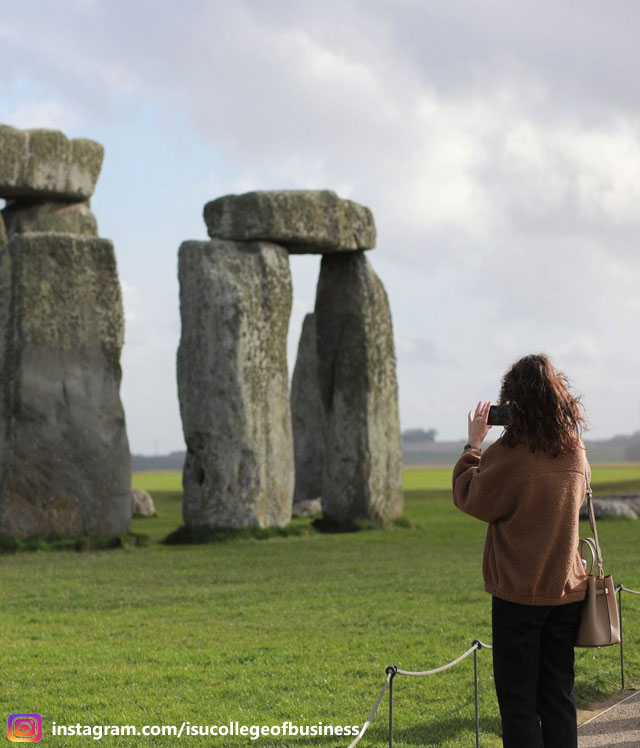
Adults from: £20
Discount Windsor Castle Ticket
Windsor Castle is one of the most popular attractions in the UK. It is often fully booked and will stop selling tickets early in the day. To save disappointment can pre-book your tickets online and get a discount, plus a 24-hour cancellation policy.
Staying in London? Check out these London to Windsor Castle and Stonehenge Tours on offer…
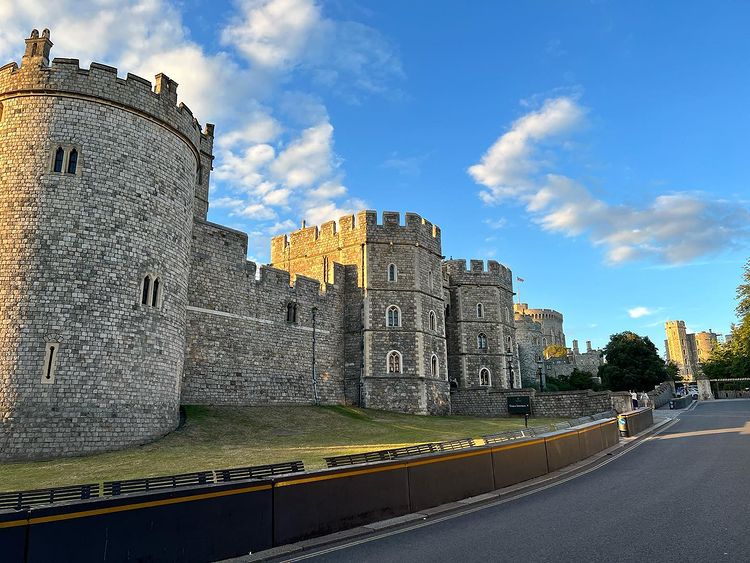
Adults: £85 Child: £79
Three of our most popular destinations in one tour…
Windsor, Stonehenge and Bath Tour
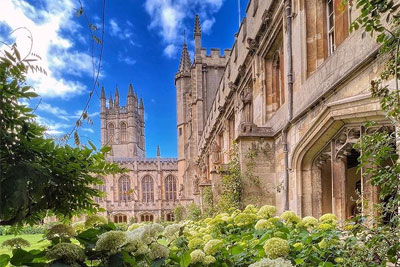
Adults: £107 Child: £97

Adults: £58 Child: £55
Our popular half-day tour…
Direct Stonehenge Express Tour from London
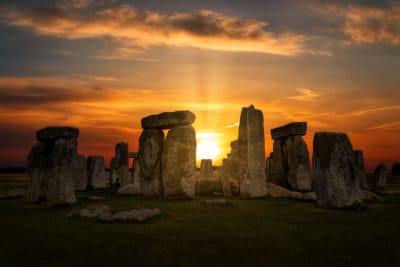
Adults: £94 Child: £85
Two of our most popular destinations in one tour…
Stonehenge and Bath Tour
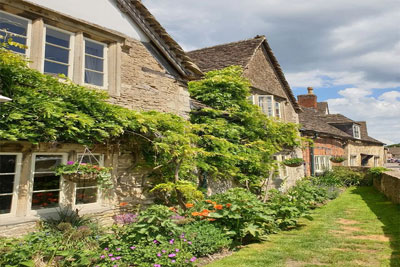
Adults: £135 Child: £126
An inner circle tour of Stonehenge and the UK…
Stonehenge Inner Circle Tour, Bath and Lacock Day Trip with Dinner
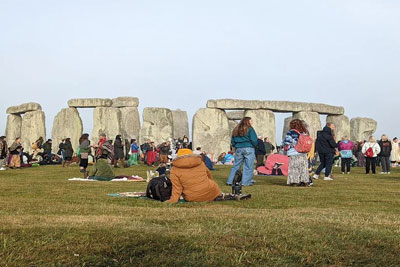
Adults: £102 Child: £99
